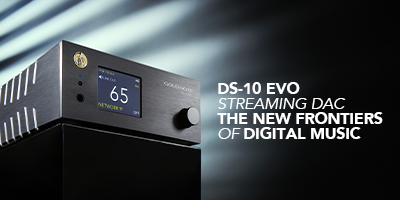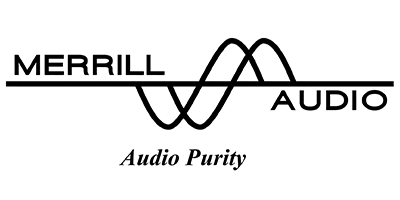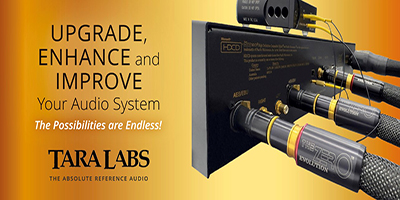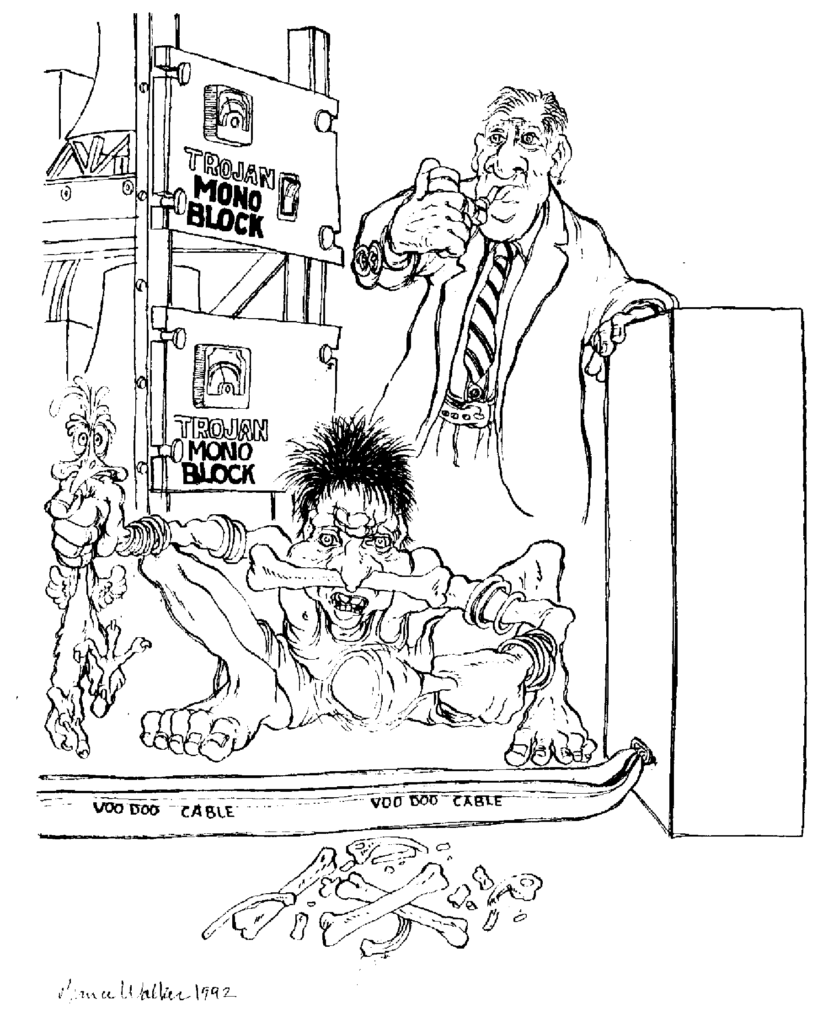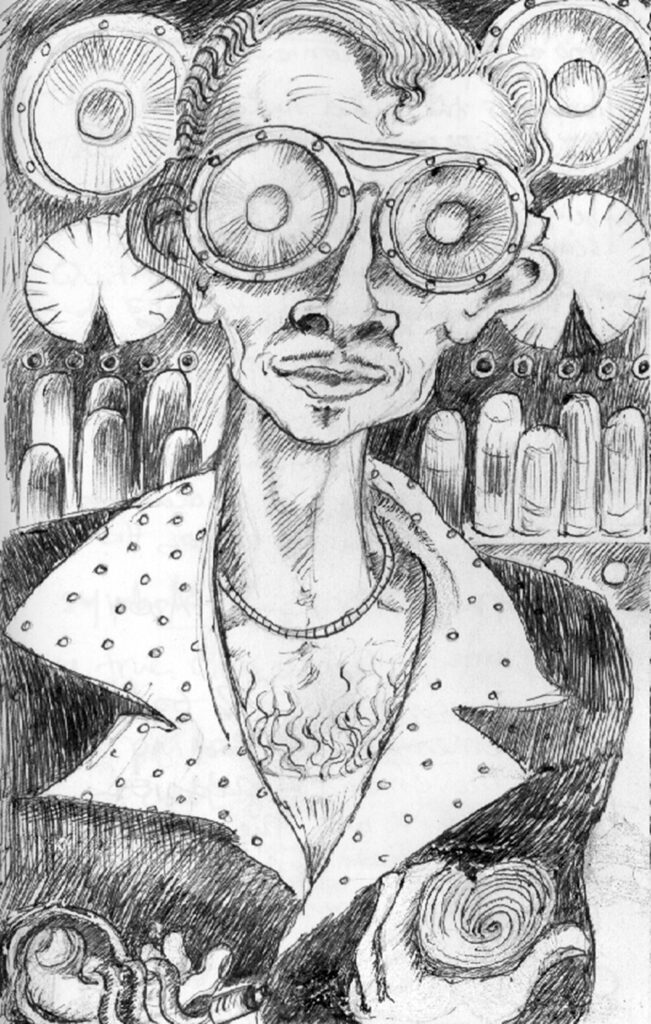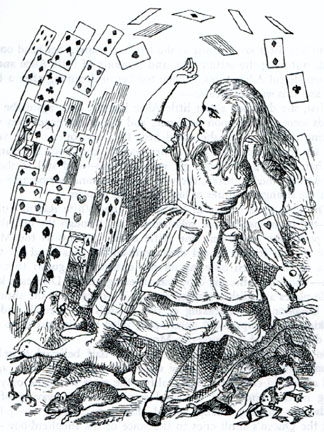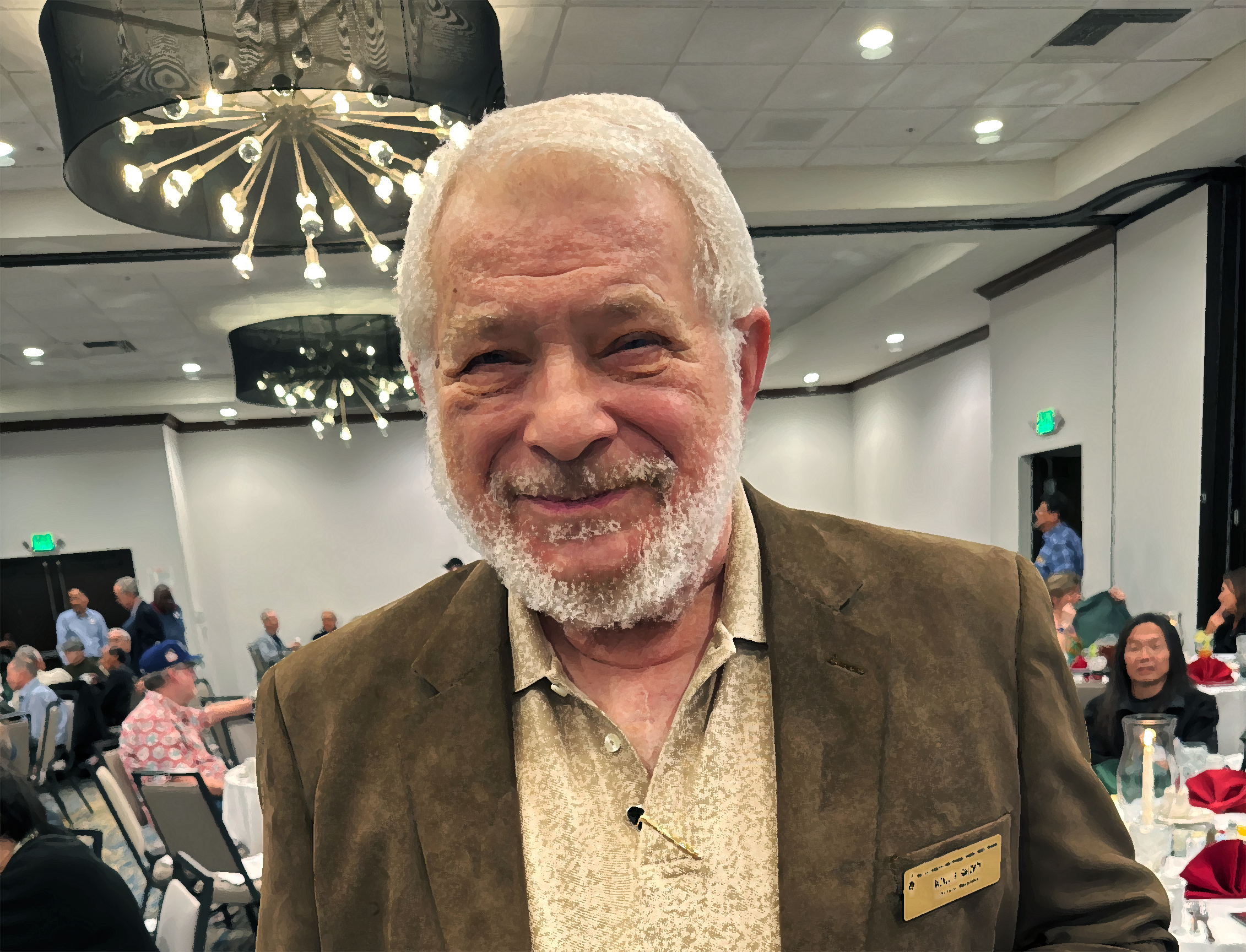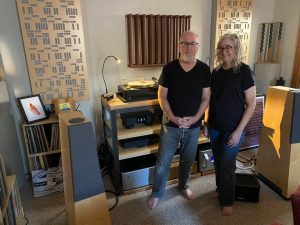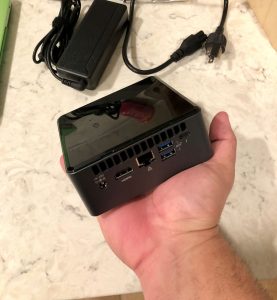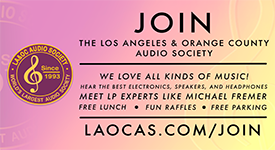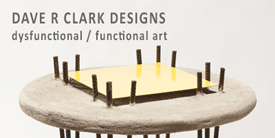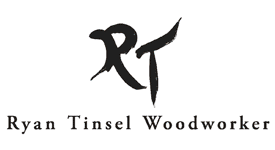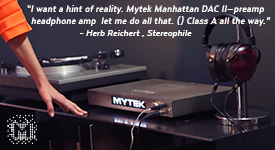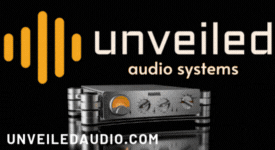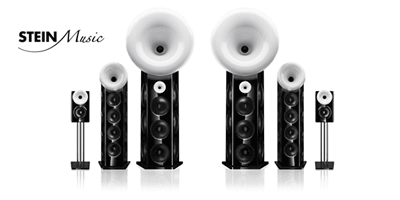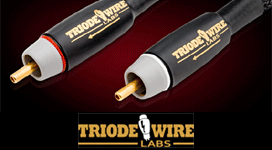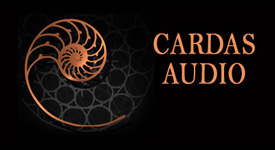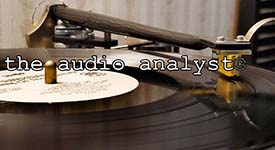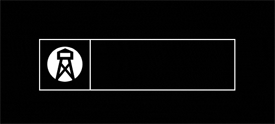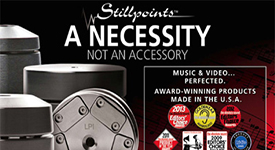During well more than half a century of being a HiFi Crazy, I've learned a lot about not only our hobby and its toys and goodies, but also about my fellow audiophiles. (I and my friends have always referred to ourselves as "HiFi Crazies," so know that I use that other term lovingly).
One of the things that I've learned is that, for a technical hobby, we seem to be a lot less technical than might be expected. Car crazies or camera crazies, for example, seem to know much more about the inner workings of their hobby's hardware than we do. It's not at all unusual for hot-rodders or other car-types to be able to do their own service or modification work, and camera crazies—even including those with digital cameras—certainly seem to be knowledgeable about lenses, shutter speeds, and pixel counts.
And those other hobbies also seem to have something in common that we audiophiles don't: They believe that different things are actually different and, while they might argue about which of a number of different options is the best, they seem never to argue about whether or not there's actually a difference.
It's possible that that's because the differences in their hobbies are easily provable: Dynamometers, quarter mile times, or other automotive test results are easily available, and are taken at face value without challenge. Same thing with testing or simply results comparison for cameras or other technical hobbies. Testing is believed, and the people who do the testing are accepted as credible and honest.
In HiFi, though, things are different: Despite the claims made for Double-Blind testing (which only works if you can isolate just one single variable [impossible with music as the source material]), we really don't have any reliable form of testing that's of any value.
If you doubt what I'm saying, consider this: Let's assume that we had absolutely perfect recordings (which we don't) and that we played them on absolutely perfect electronics—"flat" from 10Hz to 150kHz +/- 0.0dB, with (impossible) zero distortion and perfect (zero time) pulse response—through omnidirectional (just like natural sound) speakers that were equally perfect, perfectly matched, and had identical (to the rest of the system) specifications across the board.
What would we hear?
It would depend entirely on the space (listening room, outdoors, anechoic chamber, or whatever else) we played it in, and on where the speakers were placed within that space, and where we were positioned relative to those speakers, and what, if anything else (furniture, other people, miscellaneous reflectors, diffractors, and/or absorbers) was in the room with us.
And, whatever we heard, simply because of the fact that we were listening to two sound sources (the speakers) that we were (maybe) different distances from, (any difference would make a difference), and, if there were walls or any kind of reflective or refractive surface in the space with us (and in what kind or combination those surfaces were, and how many of them there were, placed where in relation to us and to the speakers), by virtue of the phase changes and the algebraic addition or subtraction of the pressure waves that constitute the sound before it reached our ears, the sound we heard could be very different from the way the equipment measured, with different frequency response, different phase relationships, and a whole range of types of newly added distortion.
The problem with HiFi isn't that there isn't any way to test it, it's that—unlike other technical hobbies—virtually none of the test criteria are significant to real world use.
We start from music that everybody—each individual performer, the conductor, the recording engineer, and every person at the venue (if any) will, just by virtue of position and circumstance, hear differently from every other one, even at the original recording session, if there is one (as opposed to multi-track recording that may have no "original" session at all, but simply be assembled from different takes by the engineer or producer).
From this recording we try to re-create, at home or wherever else, a believable sound that we can accept as being a reproduction of a "live" performance. The fact, though, is that whatever we come up with will—as opposed to the measurable performance of so many other hobbies—simply be something that we like, and, because there can never really be only a single one possible, never the "real" reproduction of reality.
One very clear proof of this is the mid-fi electronics of times past. Many of those products used high levels of global feedback to cancel distortion but, despite claimed success (published distortion rates in the range of 0.00001%), they simply didn't sound good.
The opposite, of course is tubed HiFi electronics: Even though some of the classics produced as much as 2% (sic) THD, their distortion was mostly second and even-order harmonics, which people like, and people loved them!
This non-provability (or, if you'd prefer, "pick-it-yourself" reality) of HiFi gear has led our hobby to largely bifurcate itself into two warring camps on many issues: tubes vs. solid-state, digital vs. analog, and ongoing conflict over whether things like cables, cable lifters, power conditioners, hard or soft feet, and (sometimes weird sounding) tweaks like mpingo discs, "harmonizers," magic dots, and others even stranger, all of which have their advocates and detractors, and all can—perhaps even reasonably—claim to be correct.
This makes HiFi weird: On the one hand, it's based on sound, accepted scientific principles that—if they will just take the time or put forth the effort—anyone can learn and use as a guide in making reasonable decisions. And on the other hand, there are a whole lot of things that work but that we have to take on faith, or that seem entirely reasonable but don't work at all. (You want examples? How about these? Although we've been told all our lives that an electric signal is a flow of electrons through a conductor, Maxwell proved that the signal is really carried by an "electric field" passing around the conductor, and not through it, at all. Even so, most people agree that different materials, like copper and silver, do affect the sound and performance of the conductors made from them. How can that be? That's a case of something that sounds right but isn't. On the other side there's stuff like cable lifters, that seem outright loony but, actually work, and for a good but generally unknown reason. We've got it all.)
The result of all this is a hobby where—for what seems to be a large number of its adherents—Faith is more important than science and outright magic is believable.
"Huckster." Drawing by Dan Zimmerman, 1995.
One reason for this is that (surprise!) much of conventional science education is, at best, misleading as far as high-end HiFi goes. There's vastly more to the design of a cable, for example, than just L,C, and R, but because most engineers with degrees are never trained to know that (See my article "Electrical Engineering and the High-End," the absolute sound March 4, 2015), there's even doubt of the efficacy of high performance audio cables among engineering professionals. The professional and scientific community also tends to either disagree with or be entirely ignorant of such things as the idea of burning things in.
Because of having been nominated for Dupont's prestigious "Plunkett Award for innovation in the use of Teflon" (Dupont's Plunkett was the guy who invented it) I, back in the days when I owned XLO, I was, among other things, allowed direct conversational access to Dupont's head of Teflon engineering. One day, I asked him what happens to the molecular structure of Teflon as it burns in, thinking that, from him, I would certainly get the definitive answer. As it turned out, he had no idea at all of what I was talking about, had never heard of "burn-in," and, in some respects, knew less about the performance characteristics of Teflon as a dielectric than I did.
On a similar subject, engineer cable-doubters routinely say that that cables—because they meet the definition of a capacitor (two conductors separated by a non-conductor) and do manifest capacitance—are capacitors. That's just fine. But then they go on to be very careful to specify just the right dielectric material for the capacitors they use in their own electronic designs, but still deny that anything other than the total amount of capacitance in the dielectric of a cable is irrelevant. They've also apparently never heard the term "dump rate" as it's applied to dielectric materials, and thus miss, entirely, a great deal of knowledge about capacitive discharge effects and why high performance cables are not the "snake oil" they declare them to be.
While some things that work are roundly denied, audiophiles also routinely accept—and pay lots of money for—"magic" tweaks that they claim to make a clearly audible improvement to the sound of their system, but that simply fall apart in the face of logical analysis. Of these, the examples are legion. Think of the once common practice of painting the edges of CDs green "to prevent internal reflection of the laser light that plays them," or Peter Belt's claim that a one centimeter purple mark on the edge of one CD or LP would improve the sound of your entire collection, the whole rest of Belt's magical accessories or treatments, all of which were claimed to work wonders, and all of the various magic discs, bowls, dots, stickies, or whatever that, no matter how unlikely, all had a—if you push it far enough—reasonable sounding explanation, but really were the snake oil and voodoo that some things that really work are sometimes claimed to be.
There's a scientific procedure that can be used to debunk many of the dots, stickies, bowls, and stuff. All you need to do is to understand that a thing like that has no energy source other than the sound that impinges on it, and that, even with that, all it can possible do is to reflect it, absorb it, refract, it, or be stimulated to resonate as a result of it. And that, in any of those cases, it can never put forth more energy than it takes in or resonate at anything other than it fundamental resonant frequency and its harmonics.
Once you understand that, you can calculate exactly how much energy is impinging (falling) on each dealie by calculating the total acoustical output of your speakers, calculating the effective total area of their radiation pattern at the distance from them to the tweak dealie (hint: the total area of a sphere is calculated as A=4πr, with r being the distance from each driver to the point where the dealie is located), multiplying that by the percentage of a sphere that each driver's radiation pattern actually represents, multiplying that figure by the number of drivers and the and adding percentage of reflected energy from wall bounces, and finally dividing that total by the total area of all of the dealies.
Or you can just use your ears. That's the best, the fastest and, at least at this time, possibly the only way to determine what's the real magic of great music played in great sound or snake oil and voodoo.
Try it, you'll like it!
Drawings by Bruce Walker, Dan Zimmerman, and Sir John Tenniel (Tenniel now in the public domain).

